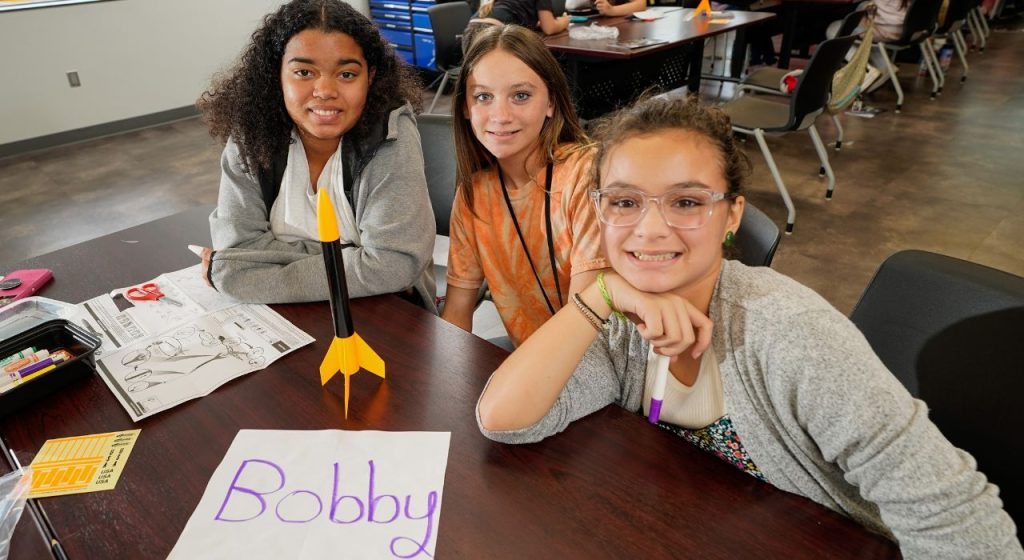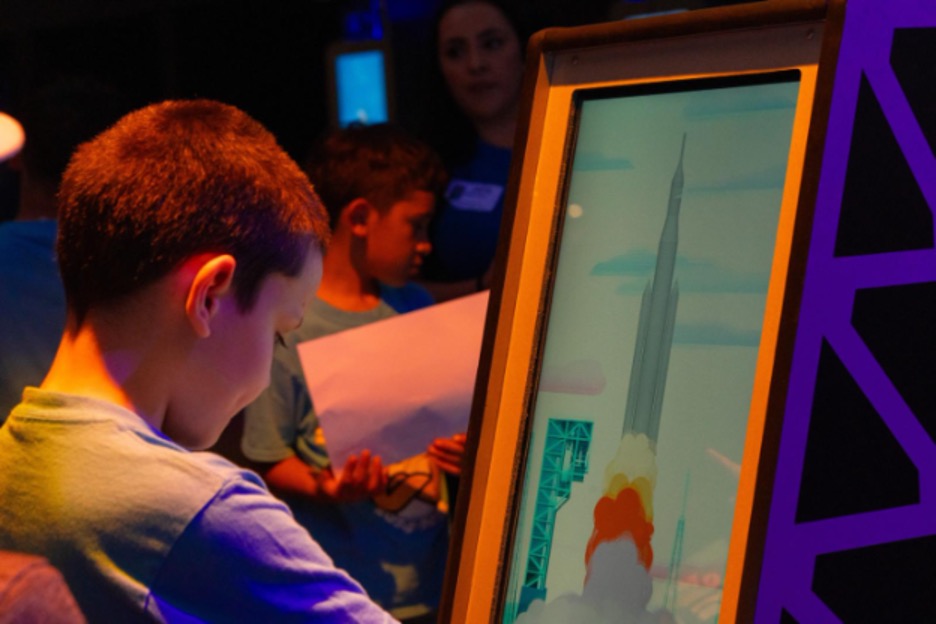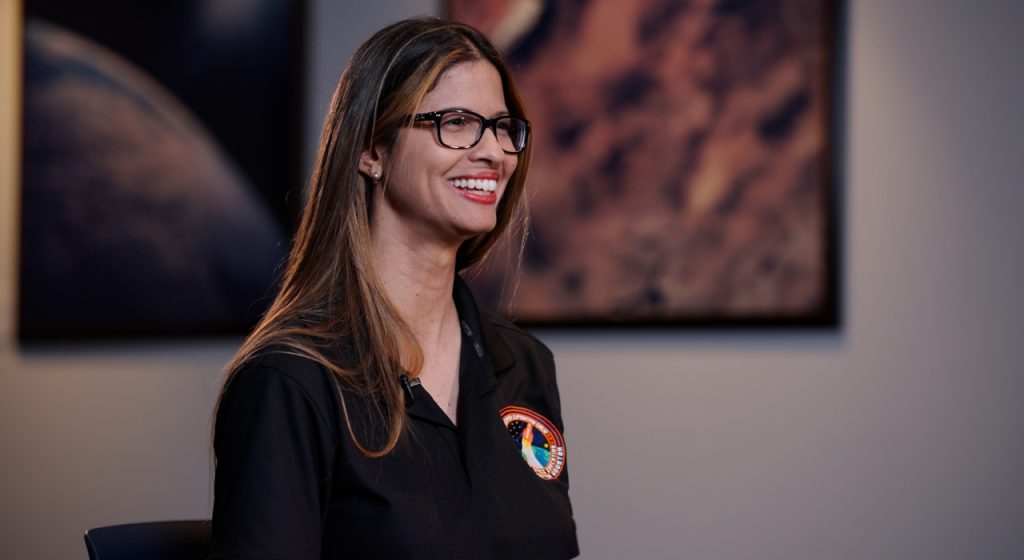
Information continues to flood back from New Horizons after its historic flyby of 2014 MU69. Continuing its mission past Pluto, the Dec. 31 flyby marked the first time anyone has come close enough to study a Kuiper Belt object in any detail.
What New Horizons found was fascinating. Here’s a roundup of some of the coverage that’s been published on the findings so far.
- The Johns Hopkins Applied Physics Laboratory published a few photos of Ultima Thule, including a pretty high-resolution photo of the shape of the object and the first color images of it.
- Emily Lakdawalla wrote a great explainer of what we know about 2014 MU69 and what the images tell us. She also does a great job of explaining how the object formed.[su_quote style=”default” cite=”” url=”” class=””]This is a textbook example of a contact binary. Binary means two objects, of course, and contact means that they’re in contact with each other. Separated binaries are very common in the solar system and especially common in the Kuiper belt. But how can a contact binary form? Is it even plausible for two mutually orbiting bodies to somehow come together so gently and just stick to each other while preserving their originally round shape over billions of years?[/su_quote]
- Nature dubbed the contact binary a “snowman” and touched on the controversy around NASA’s official nickname, Ultima Thule.
- Eric Berger over at Ars Technica returned from vacation to write about New Horizon’s accomplishments. Berger also relayed a fantastic quote from Jeff Moore of the New Horizons geology team.[su_quote style=”default” cite=”Moore during a news conference Wednesday” url=”” class=””]This may be the most primitive object seen by any spacecraft, and oldest that can be seen anywhere in the Solar System.[/su_quote]
- Phil Plait wrote about some cool things regarding how New Horizons saw 2014 MU69 as it approached. The object’s brightness didn’t change like it could be expected if rotating like the Earth or the Moon. This led to a mystery as to what was causing this. Turns out, it was the fact that New Horizons was looking at the object “pole-on” which means its spin didn’t show any new features.
In the weeks and months to come, there will be plenty of new discoveries from the continuing mission of New Horizons. It is part of a wide variety of space missions happening right now that make space exploration so alive. We’ll be sure to keep you updated on it all in this space.







